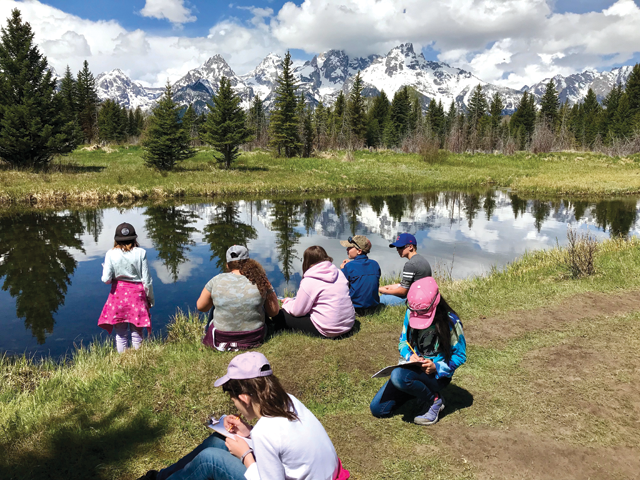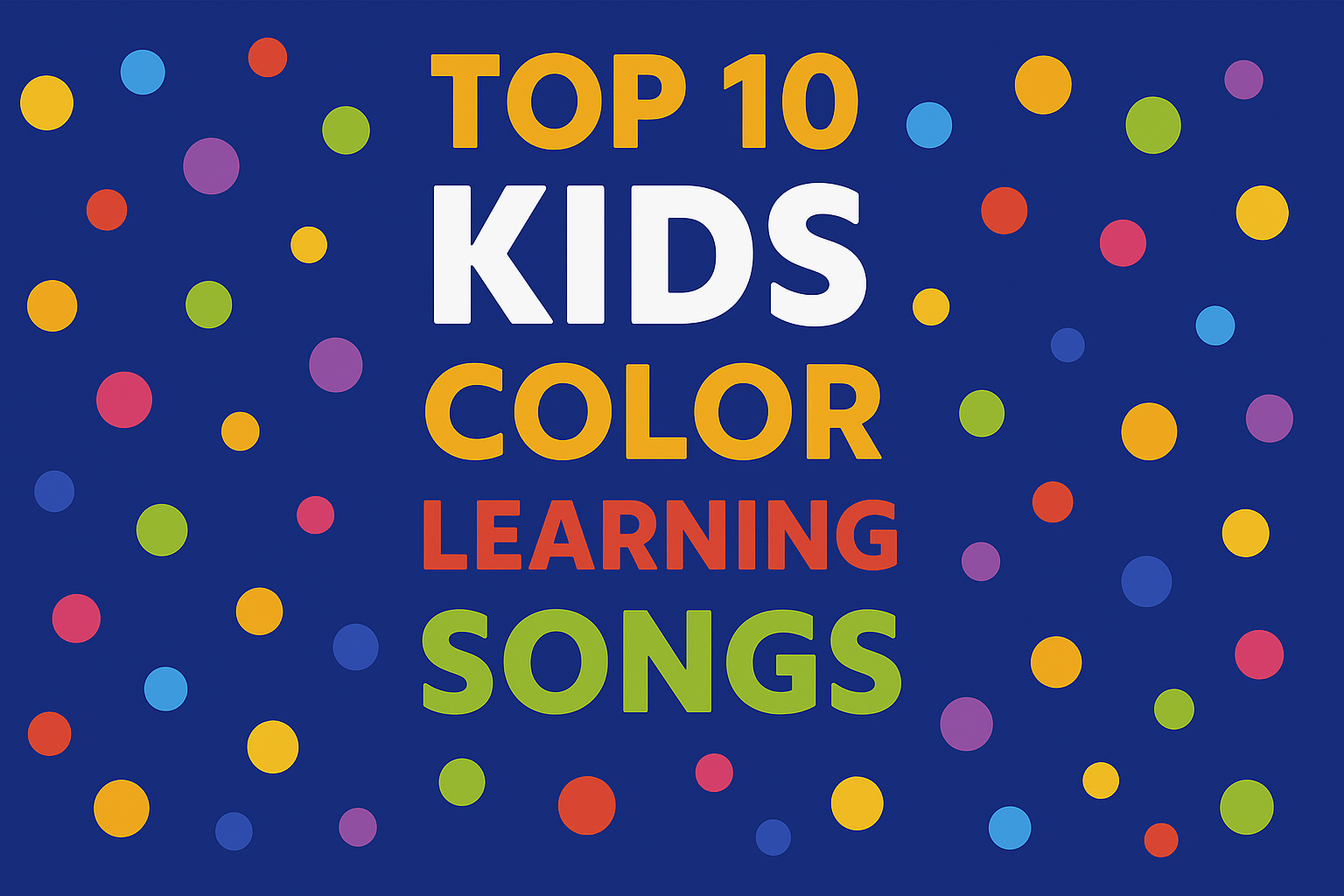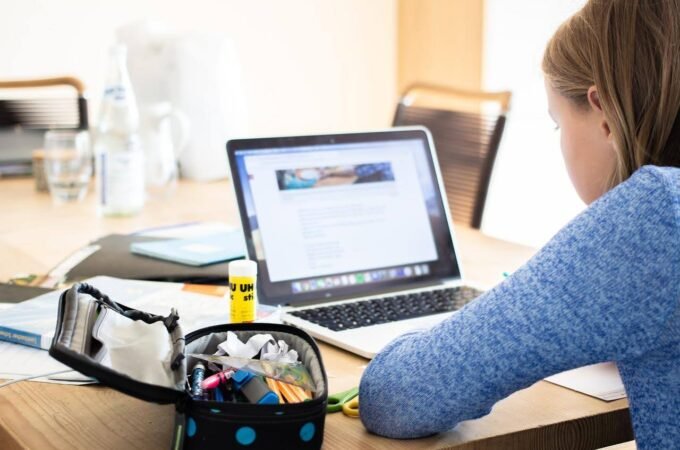
Place-Based Learning as an Alternative to Traditional Schools
The place-based approach to education has its source in US Annenberg Rural Challenge. It was started more than 20 years ago it’s gaining the ground nowadays. However, a great many of learners, as well as their parents, still have only a vague notion of the process. So let’s find out what is place-based learning (PBL) and how does it work?
Place-based tutoring uses the natural learners’ environment as a foundation for studies. Such learning presupposes project based assignments for the local schools and societies. The practice shows that the aims of teaching language, social studies, art, and even mathematics along with science and other subjects from the program of study are perfectly met in natural surroundings and local communities of the learners.
However, the approach differs from service training and environmental education, though takes its roots in the latter. Place-based education squeezes the best of all types of local environments – natural, social, cultural, political and financial. It uses service learning as a key method though not the only one.
At present for many people who are on the go, it’s already critical to be able to learn while traveling around the globe and to get out into the local communities.
The aims of the place-based learning approach
- The new educational approach combines 3 integrated goals at a time.
- It’s focused on students’ academic achievement and on their sense of personal efficiency in the community and environment.
- The approach ties local social and environmental establishments with communities and educational institutions. Thus, it improves the life quality and financial vitality in the area.
- As the learning is project-based, promoting thoughtful treatment of the world around, the students can participate in resolving ecological issues and local environmental protection.
The main values of the new educational approach
Though the PBL is a new idea and lacks administrative support, it is an ongoing process developing and improving along the way. At present the following principles may be considered the main starting points in the place-based learning:
- Students have the voice and the choice of how, when and where to gain knowledge.
- The process is inquiry-based, grounded on collecting data, asking questions and making predictions and conclusions.
- The teaching and learning activities are focused on local themes and content.
- Communities are the main learning ecosystems in the approach.
- It serves as a foundation for understanding and involvement into regional and global issues, thus having local to global content.
- The learning is tailored in accordance with the students’ interests, strength, and needs.
- It is learner-centered and relevant to the local audience.
- The educational experience contributes to the community and environment.
- The learning is interdisciplinary.
- High academic standards are ensured.
Place-based learning is possible everywhere
PBL can actually be realized everywhere and it’s not at all an exaggeration.
Your hometown, its parks, schools, the nearest village, its backyards and the forest nearby, remote countries and cities – all these places offer overwhelming possibilities for gaining knowledge and arranging the PBL process right on the spot. It’s important that children starting from the very young age to undergraduates can be involved in the process.
In an urban setting you can use parks and historical sites, as well as business and cultural centers.
We should also highlight the opportunities and useful research and resources for mentors and communities offered by the rural areas. A perfect motivation can be found here for individuals to concentrate on environmental aspects of their studies.
The Arts and Museums offer wonderful opportunities not only for design and technological experimenting but also for discovering math and science around.
National parks are definitely the best exciting places to study science, day trips to them often stir a lasting passion for the outdoors.
The main advantage of colleges and Universities for PBL is that they are not only able to implement it as a homework help but generally boost the success of science, technology, engineering and math through the integration of scientific, community and cultural perspectives.
Outdoor nature-based activities grounded on play and exploration may involve children in the life of the world around. They might just be supplemented with the course tasks sometimes to increase curiosity.
Last but not least, interactive place-based learning is worth attention as well. Through special virtual reality apps, students can be involved in variable situations and circumstances to study or even create stories and situations themselves.
The three primary challenges of PBL approach
Though the interest in a new tendency in education grows, there are certain challenges in its implementation.
Firstly it depends to a great extent on the talents and commitment of tutors, administrators, and investors to realize its potential. By now the practice has shown that if the PBL practitioner leaves the institution, much of his effort of linking schools to place and community often goes with him. The situation with external funding is much like it as well. As soon as the investment ends, so does the integration of new methods in most educational establishments.
Secondly, the educators nowadays view PBL methodology as too risky and unpredictable to fit it into the ordinary process. Schools all over the globe have restricted their curricular and instructional possibilities in favor of labor force preparation and international competitiveness. Environmental consciousness or civic contributions are too vague outcomes to be measured. That’s why they are often put sideways on behalf of formal educational requirements for standardized exams.
Lastly, schools can alter or reshape the pioneering ideas when implementing them. Their priority is still to meet the establishments’ principal goals and concerns.
At present, it’s still an open issue if public education can give a start to transformations. However, taking into consideration the significance of the existing social, political, and environmental concerns, it’s not wise to ignore the potential influence the educational establishments might have on crafting a more secure and sustainable future.




